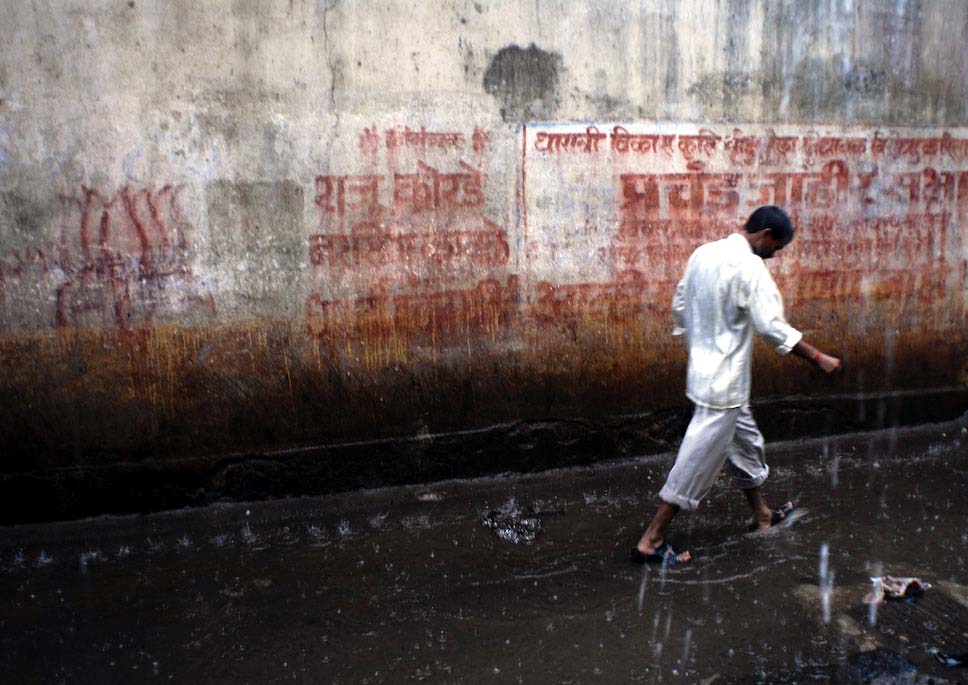Imagine a world without access to banks and the services they provide – baseline services such as credit, money transfers, savings. For many of the world’s poor this is the everyday reality and it’s a space where in part due to the spread of mobile telephony there are disruptions and innovations.
Readers wanting to get up to speed with the current state of mobile payment systems should read Bill Maurer’s summary paper titled Retail Electronic Payments Systems for Value Transfers in the Developing World. Yeah the title’s a bit of a mouthful but the paper is concise and dare I say it, entertaining. Download the paper here [PDF, 0.2MB].
I was also recently pointed to a paper titled Payment and Social Ties by Viviana A. Zelizer that gave a lovely account of the use of dance tickets as a form of currency in the 1920’s and 30’s dance taxi ballrooms. Women made a living by dancing with paying customers – with one ticket buying one minute or one song of dance floor action – think head-on-shoulder gently-rocking-side-to-side rather than You Got Served. The dance as a unit of currency reminds me of an ad-hoc interview a few months back with an erotic dancer in Uzbekistan – who after trying to unsuccessfully trying to sell a lap dance plonked herself in the seat beside me and over a slow drink, and numerous business related interruptions proceeded to patiently explain the business side of a lap dancing joint – some of which is outlined in this article. To take but one snippet – in the same way that restaurants offer standardised portion sizes lap dancing songs are typically cut to a specific length using WinAmp no less. A memorable evening all in all, not least because of the articulate interviewee and perhaps a topic for another day. But I digress.
The same paper cites Robert Coles discussion with a 17 year old prostitute in The Moral Life of Children talking about how what might appear on the surface to be a single unit of currency can be treated by its owner as ‘good or bad depending on how it was earned “I put it in a separate place in my wallet. I don’t let the money touch some of the other money I make”. There’s a tendency for many of today’s service designers to treat digital stuff as equal – with systems often making little distinction between say, one photo/contact/message/… and the next. As more of your digital self is carried it’s a distinction that will increasingly be drawn into sharp focus.
